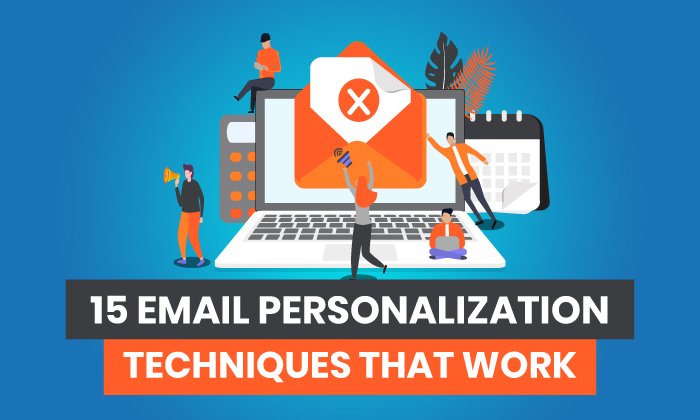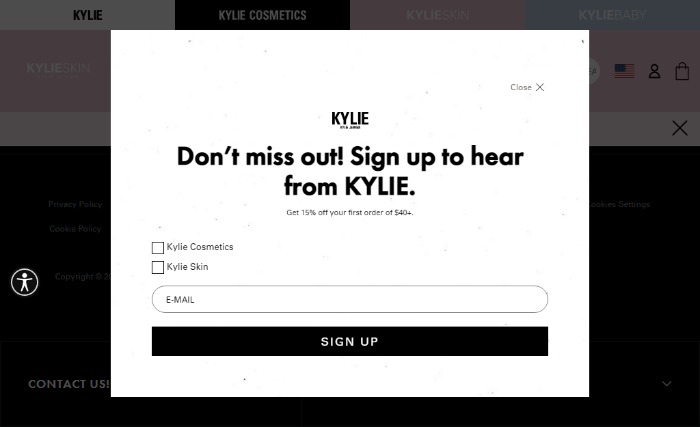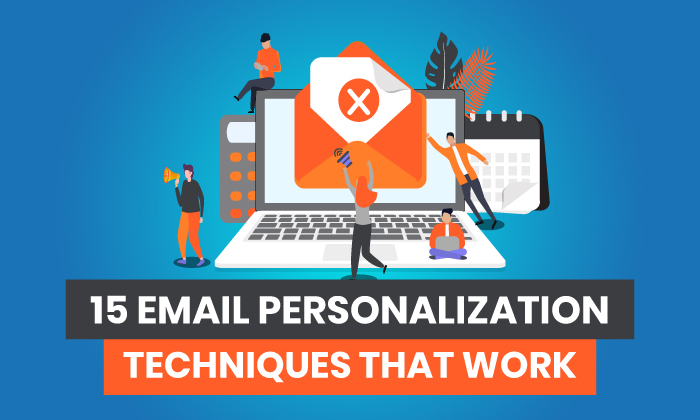15 Email Personalization Techniques That Work

By Neil Patel
As a marketer or business owner, you know email marketing is a powerful tool. Its popularity among consumers is climbing.
You might have already implemented email personalization to some extent, like addressing customers personally, but you can take it further.
This article looks at 15 email personalization techniques you can apply to your marketing.
Before we move onto that, though, let’s discuss whether email personalization works.
Does Email Personalization Work?
The short answer is a resounding “Yes.” According to HubSpot’s State of Marketing report, 78 percent of marketers have seen a recent increase in email engagement.
HubSpot’s report shows that 20 percent of e-commerce, retail, consumer goods, and service companies personalize emails based on specific demographics.
Email personalization, or the act of tailoring email content to address the recipient by name, interests, location, and other details can increase sales.
Email personalization offers multiple other benefits, too, such as:
- increased open and click-through rates
- decreased unsubscribe rates
- higher customer satisfaction.
- opportunities to re-engage customers
Additionally, 72 percent of consumers say they only engage with personalized messaging, and most customers expect brands to understand their unique needs.
Email personalization is also easy to implement. For instance, you could:
- Send an offer only if a recipient has recently brought an item.
- Change wording based on location or time zone.
- Personalize language and images.
However, like any other area of marketing, email personalization has its limitations. For example, some techniques like customer recommendations may not work for everyone.
You can also over-personalize and sound too familiar, which can, frankly, freak people out. Stick to critical areas, which we detail later.
Now you’ve got a picture of email personalization and its benefits, let’s move on to 15 techniques that work.
1. Collect the Right Data
If you’re not collecting the right kinds of information, you won’t have a good starting point for personalization.
That sounds simple enough, but where do you start? By collecting information from readers on sign-up forms.
When subscribers sign up to your email list, you can ask them some additional questions beyond the typical email address or name.
For instance, you could ask for their:
- location
- birthday
- interests
- occupation
Whatever information you ask for, keep it short and sweet, like this example:

Next, use integrations to gather even more data.

Integrations are perfect if you don’t have all the right resources to collect information.
Finally, you should create a subscriber preference center to find out what your readers want, like the one from Campaign Monitor.
Once you’ve started collecting the right kinds of data, you can personalize your subject lines.
2. Use Personalized Subject Lines
Source:: Kiss Metrics Blog









